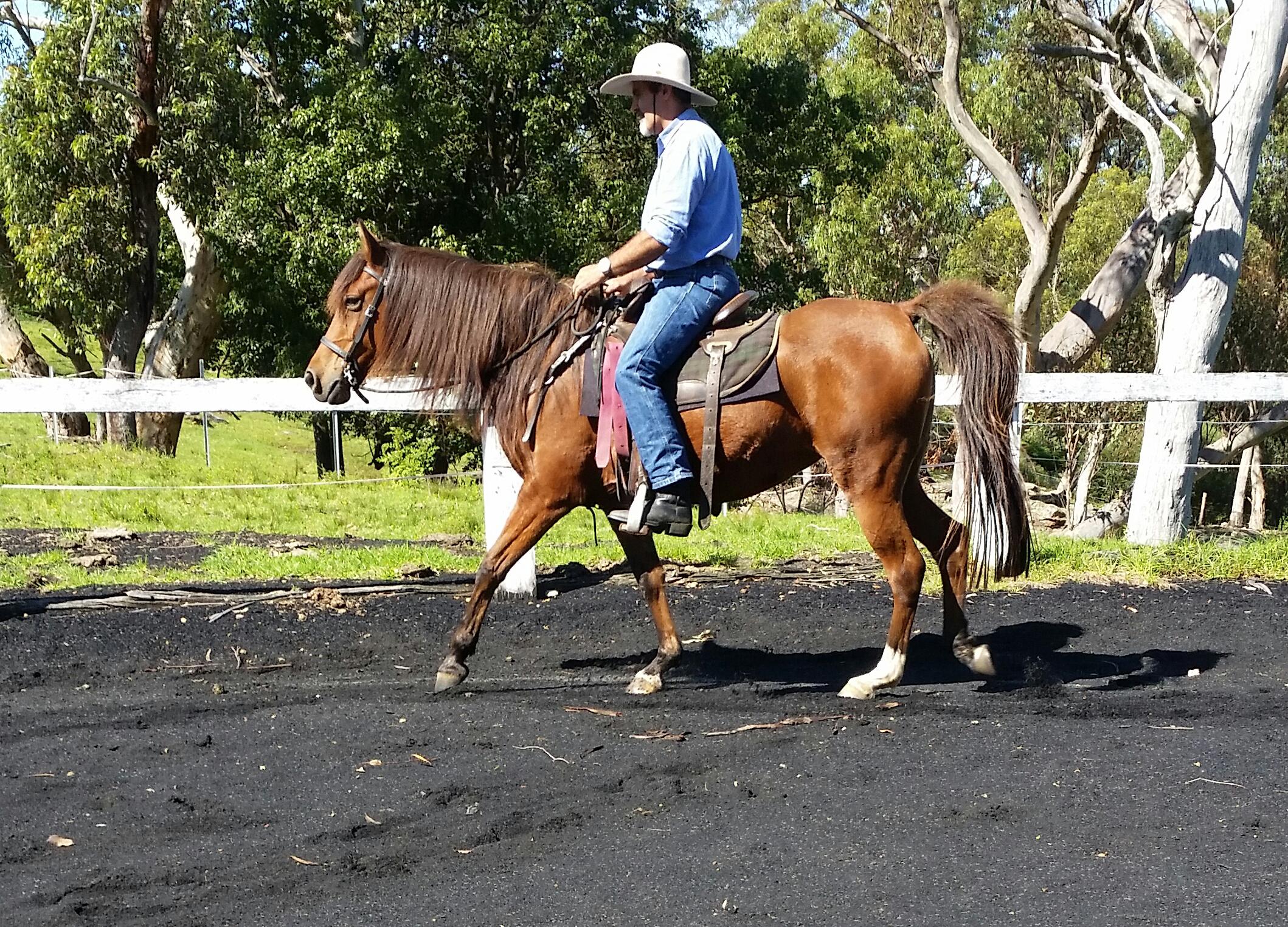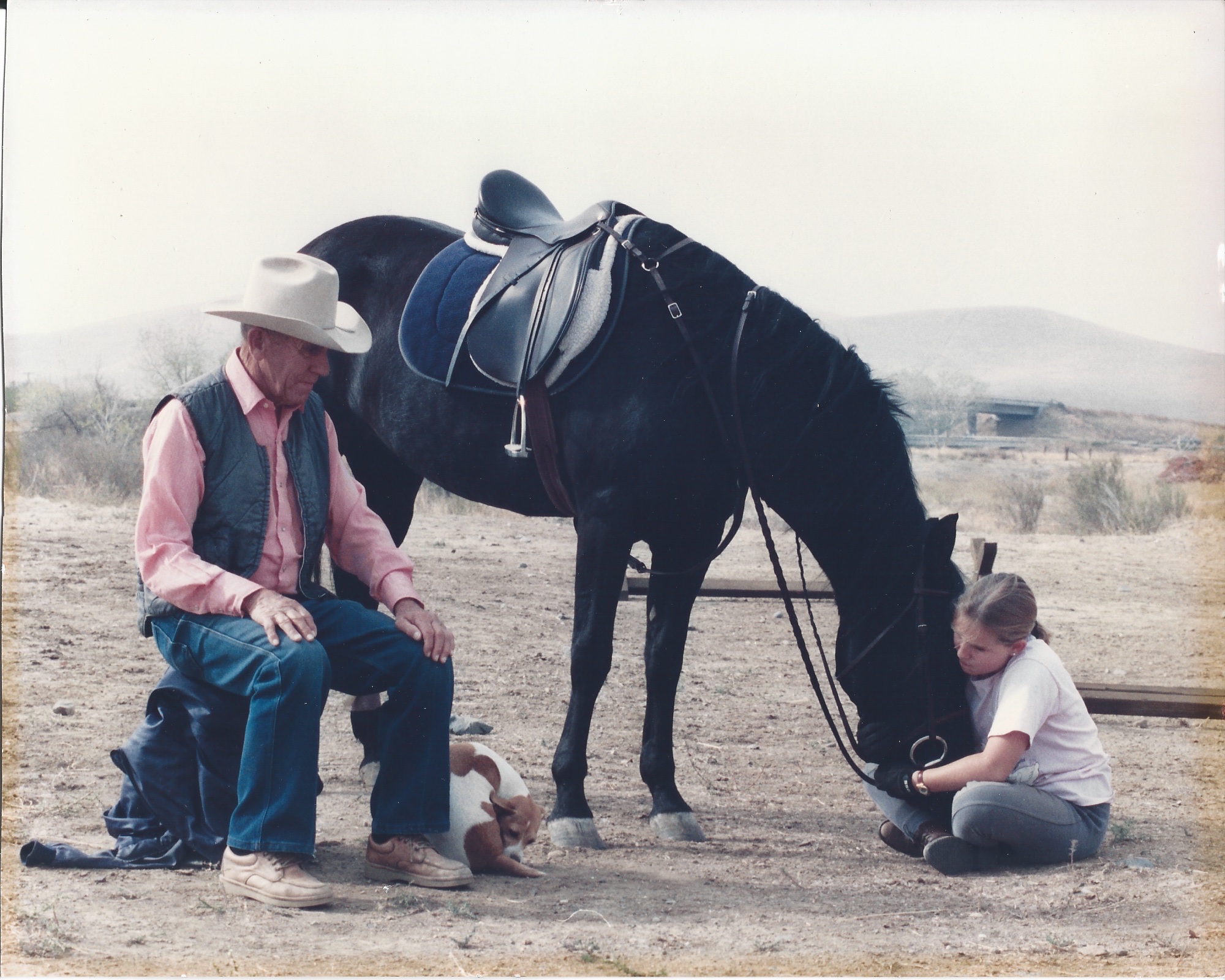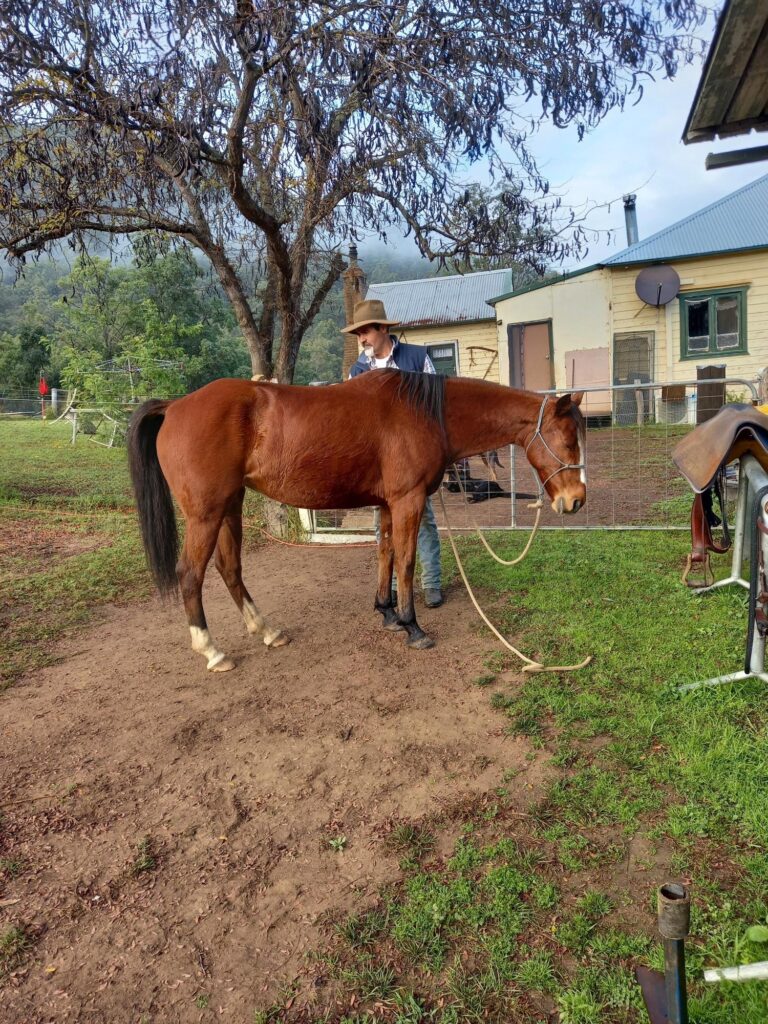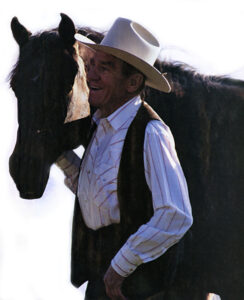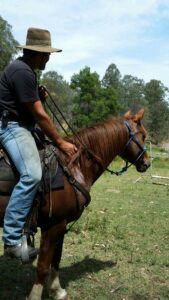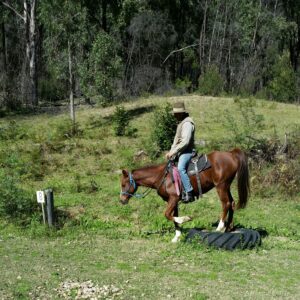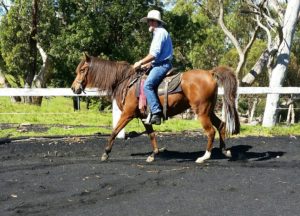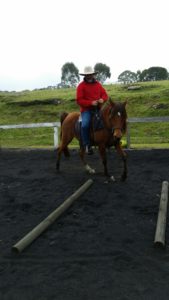‘I can’t teach you anything. I can only help you learn.’ (Tom Dorrance, True Unity, 1987, P 49
Deep learning involves discovering an intuitive feel for a discipline or field, whatever it might be – maths, Italian, cricket, playing the piano, working with horses. Like all good teachers, Tom Dorrance was insistent that feel could not be acquired through instruction, the transfer of the teacher’s knowledge to the student – ‘it is not something that can be handed to someone – it has to be learned’ (Dorrance 6). While people might get something at a cognitive level, real learning only happens through full-bodied experience – ‘It’s experience, I guess’ was one of Tom’s constant refrains. Learning feel, then, is an organic process in which each student learns in their own way, at their own particular pace (6, 12, 18, 30). And, a good teacher will set aside any outcomes they might desire for a student in order to allow this learning to happen.
Continue reading Living in-relation with horses: The impossibility of teaching →
